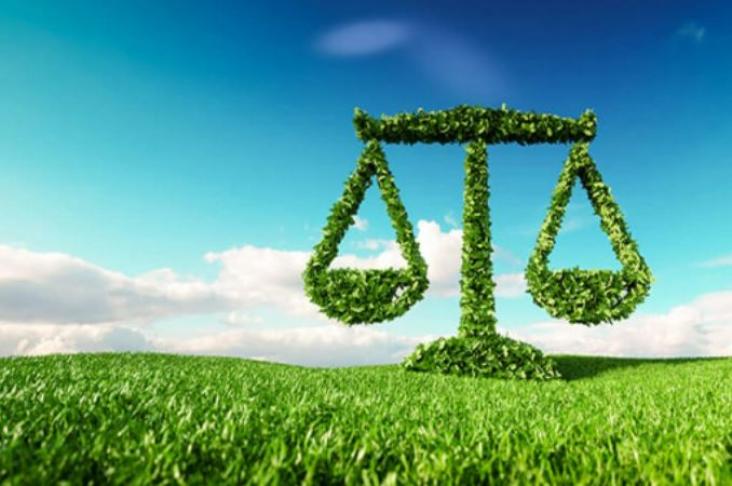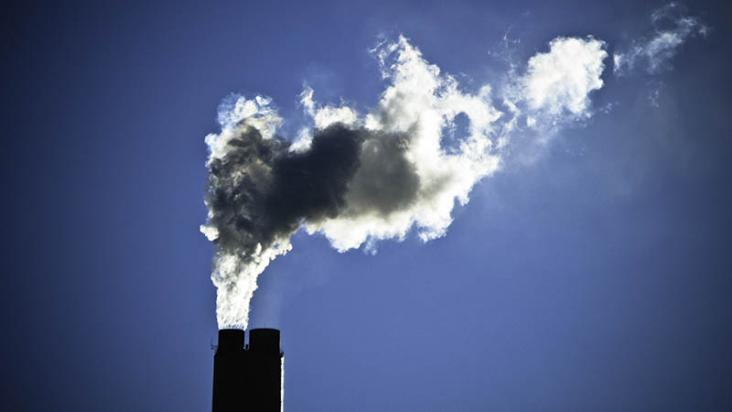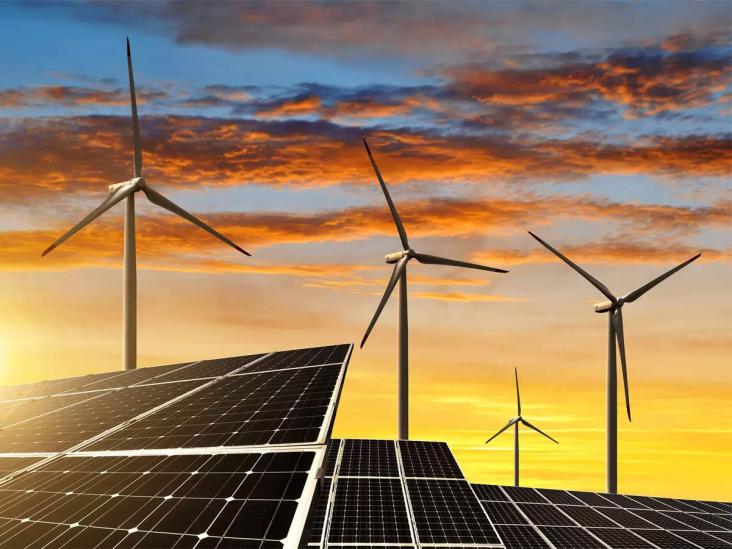Take urgent action to combat climate change and its impacts

ISO14001, an internationally accepted standard that defines the requirements for establishing, implementing and operating an environmental management system (EMS), was updated in 2015 to have a greater focus on leadership, the context in which a company operates, as well as how the company will demonstrate legal compliance. This article is related to SDG #13, Climate Action, and SDG #16, Peace, Justice and Strong Institutions, as it demonstrates the important influence of a strong rule of law on managing the environmental impact of business.

The UK Climate Change Agreements (CCA) aim to save energy and carbon emissions by way of energy efficiency targets in industrial sectors, while simultaneously reducing energy costs for participating organisations with large discounts on Climate Change Levies (CCL). This article is related to SDG 7, Affordable and Clean Energy; SDG 13, Climate Action; and SDG 9, Industry, Innovation and Infrastructure; as it demonstrates the ways in which governments can not only improve energy efficiency but also benefit industrial sectors.

In the effort to combat climate change and reduce energy consumption, largescale energy efficiency improvements to residential and commercial properties are a key aspect of the UK Government's Clean Growth Strategy. This article discusses the history of The Green Deal and the legal implications for landlords and tenants of the private rented sector. The need for energy-efficient homes and commercial properties relates to SDG 7, Affordable and Clean Energy, which aims to ensure access to affordable, sustainable, and modern energy for all. Affordable and clean energy for all will combat climate change by reducing energy consumption and emissions, thus relating this article to SDG 13, Climate Action.
UK mechanisms touching on sustainable development are generally based on, and have as their over-arching objective, some variation of the so-called “Brundtland definition”. These mechanisms also widely reference the three interconnected ‘pillars’ of sustainable development, also known as the ‘triple bottom line’ of sustainable development. The UK approach has a bearing on all SDGs and in particular, SDGs 9, 10 and 13.
The Consolidated Versions of the Treaty on European Union and the Treaty on the Functioning of the Eu-ropean Union (the EU Treaties) set out the constitutional framework for the EU. The Treaties do not attempt to define sustainable development or impose an EU-wide adoption of a common definition. This practice note sets out the approach to sustainable development at the EU institutional level. This has an impact on all SDGs but in particular, SDGs 9, 10 and 13.
Private and public sector organisations are increasingly required to report on their greenhouse gas (GHG) emissions. The UK approach has a bearing on SDG 13.
